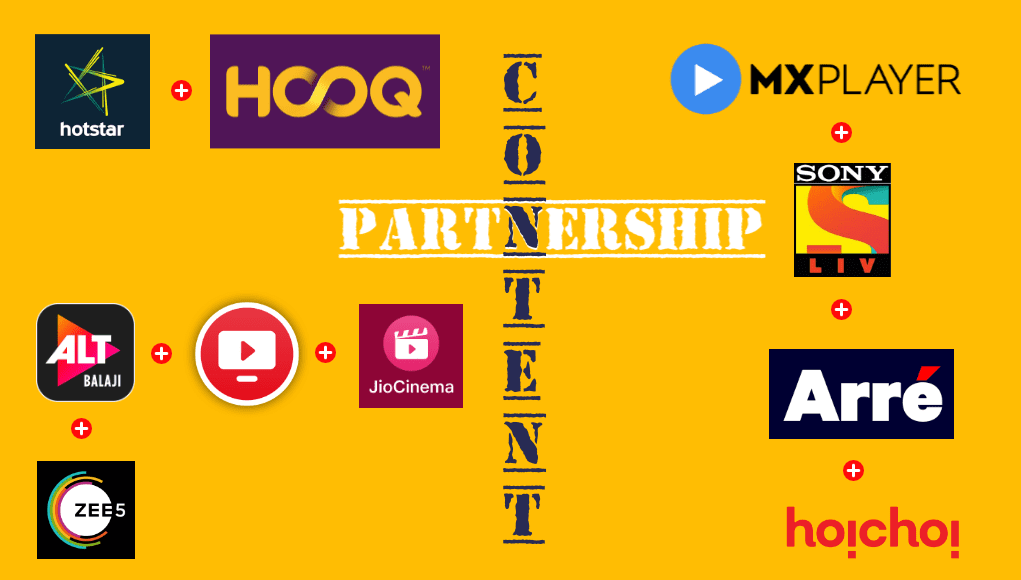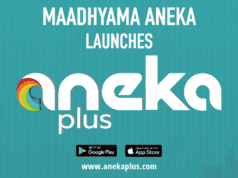- Is the sharing business platform viable in the long run?
- Can the platforms go ahead when there are creative differences over content?
In Shakespeare’s play titled The Tempest, the bard makes a unique observation: Misery acquaints a man with strange bedfellows.
Many players international and Indian platforms are in a day to day fight to win over users or get new subscribers. Many of these Indian platforms began a sharing model to provide more options or quality content for the users.
‘Enemy of my enemy is my friend,’ seems to be the saying going around in Indian OTT space. To combat Netflix and Prime Video upsurge various Indian OTT platforms have decided to join hands together.
ZEE5 partnered with Alt Balaji for content syndication and co-production, MX-Player joined hands with Sony Liv, Arré and Hoichoi, while Hotstar has a content tie up with Hooq. Keeping a subscription model to attract users and providing quality content is a very costly business as it can lead to rupturing their profits. With this strategy of joining hands in the OTT content, it can help the parent companies to manage profitability.
From just a handful of players in the Indian market the numbers have shot up beyond 30 with every major organization having an OTT platform. Top Indian broadcasters are following an ad-supported catch-up content, premium and sports content using the paywall strategy. With the ‘Jio Revolution’ in 2016 which slashed down data plans to bare minimum, OTT became a major player. Telcos have eyed this pie for a long but creating a quality content requires patience, which does not seem to be an Indian trait. Airtel, Vodafone and Jio are following an aggregator model with regard to OTT.
In 2017 Jio picked up 25% stake in Balaji Telefilms and that gave the telecommunication giant an access to the Alt Balaji content. The partnership required ALTBalaji to make its original shows available on Jio Cinema and Jio TV. Vodafone pushed its RED postpaid users with two months’ worth of free Netflix subscription and a year’s worth of Amazon Prime subscription while Vodafone Play app also housed content from Eros Now, ALTBalaji and HOOQ. Airtel tied-up with Amazon to offer one year’s Prime membership to all Airtel Infinity postpaid users and had a Netflix service for a limited period of three months to users with specific post-paid plans. It also signed a strategic partnership with Hotstar to give subscribers access to over 100,000 hours of Hotstar content across live sports, movies and television shows in nine languages on the Airtel TV app. Airtel also provides regional content, of Hoichoi TV.
The OTT platforms have to contend with both, content production and consumer acquisition costs, and these two are not cheaper as days pass by. The idea of joining hands was the need for survival, but now the question is for how long?














